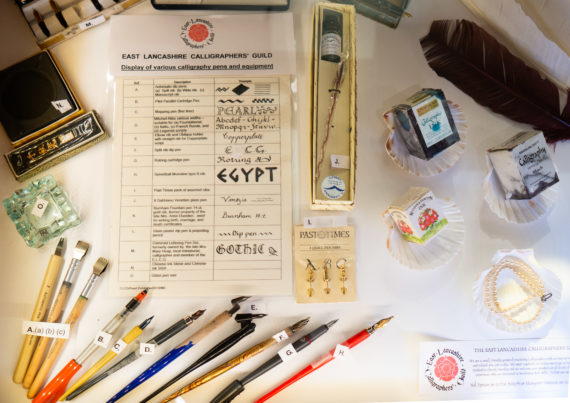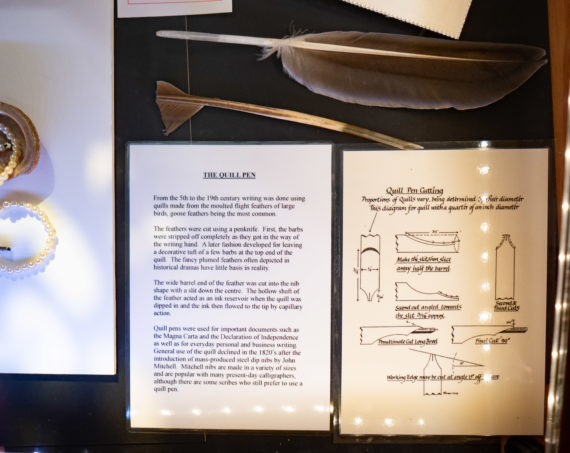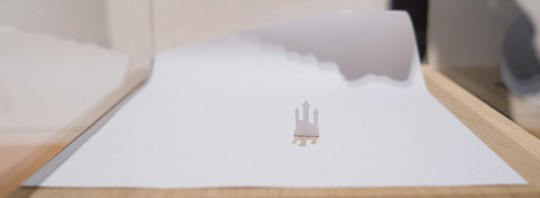Pens on Exhibition
You might have noticed that Bleistift is much quieter than it used to be. This is mainly down to a change at work, which will keep me more busy for the next few months [1]The good news for a fan of wood cased and mechanical pencils is that the new job title includes the word “lead”..
There are a few unpublished, half finished posts plus there are videos from the last few months that have not received the accompanying blog post yet. New blog posts in the next weeks and months will probably be mainly made up of these kind of articles.
Before I disappear from the blog again for another few days, here are a few stationery related things I have noticed that I want to share with you.
This puzzle sorter looked quite possibly useful for stationery-related purposes. I wonder whether it would make a great stackable pen storage. The packaging was sealed, but as far as I can tell each tray (there are six inside) should provide enough depth for a pencil.
These Japanese transfer from Clover are pencil I haven’t come across before. Curious…
One last surprise: you don’t get to see a Pilot pen on exhibition in your local museum very often. The museum had an exhibition to celebrate the 30th anniversary of the East Lancashire Calligraphers’ Guild, including some of the tools used and some of excellent examples of calligraphy.
References
| ↑1 | The good news for a fan of wood cased and mechanical pencils is that the new job title includes the word “lead”. |
|---|
Pens on Exhibition Read More »













